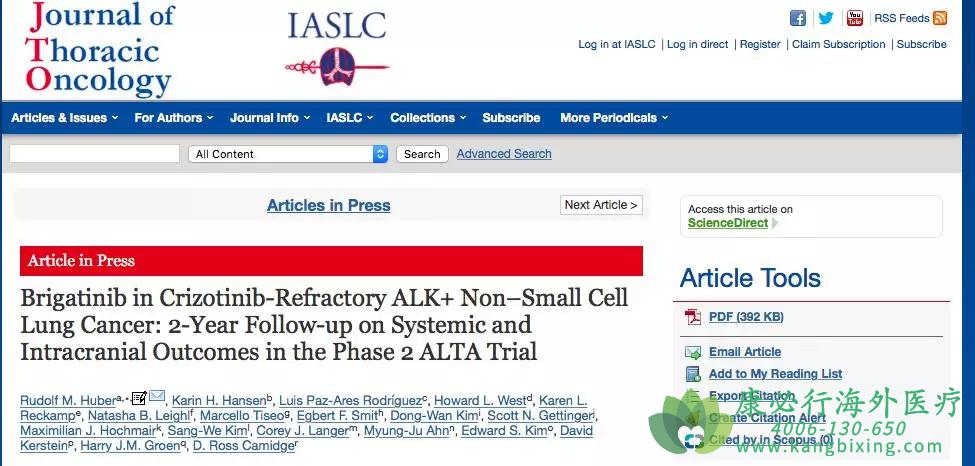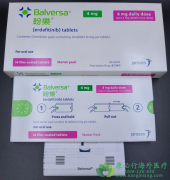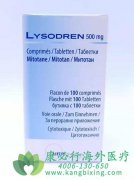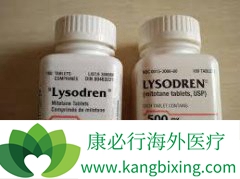布加替尼在治疗克唑替尼难治性的ALK+非小细胞肺癌中的效果:一项随访2年关注全身及颅内转移情况的II期ALTA试验
— 结论—
布加替尼(180毫克/每天)依然显示出强大的效果,在克唑替尼难治性肺癌患者中具有良好的无进展生存、颅内无进展生存以及较高的颅内转移灶的客观缓解率(iORR)。在未来的靶向治疗试验中,反应深度评估可能是一个重要的研究终点。
Brigatinib (180 mg qd with lead-in) continues to demonstrate robust PFS, long iPFS and iDOR, and high iORR in crizotinib-refractory patients. Depth of response may be an important endpoint to capture in future targeted therapy trials.
— 背景—
我们报告了一项II期随机临床研究的最新结果,该研究评估了布加替尼在治疗克唑替尼难治性ALK阳性的非小细胞肺癌(NSCLC)中的效果。
We report updated data from a phase 2 randomized study evaluating brigatinib in crizotinib-refractory anaplastic lymphoma kinase (ALK)-positive non–small cell lung cancer (NSCLC).
—方法—
将患者1:1随机分为两组:口服布加替尼90 mg/d(A组)或以90mg/d治疗7天后改为180 mg/d(B组),按中枢神经系统(CNS)转移情况和对克立替尼的最佳反应程度分层。
主要研究终点是研究者根据实体瘤疗效评估标准(1.1版本)评估客观反应率(cORR)。次要研究终点包括独立审查委员会(IRC)评估的无进展生存(PFS)、颅内无进展生存(iPFS)和总生存(OS)。
探索性分析包括中枢神经系统与中枢神经系统之外的靶向病变反应以及反应深度与PFS和OS的相关性。
Patients were randomized 1:1 to oral brigatinib 90 mg qd (arm A) or 180 mg qd with 7-day lead-in at 90 mg (B), stratified by central nervous system (CNS) metastases and best response to crizotinib. Primary endpoint was investigator-assessed confirmed objective response rate (cORR) per Response Evaluation Criteria In Solid Tumors v1.1. Secondary endpoints included independent review committee (IRC)-assessed progression-free survival (PFS), intracranial PFS (iPFS) and overall survival (OS). Exploratory analyses included CNS vs ex-CNS target lesion response and correlation of depth of response with PFS and OS.
—结果—
222名随机患者(A/B:n=112/110)中,59名(27%)患者在分析时仍使用布加替尼治疗(中位随访:A、B组分别为19.6个月、24.3个月)。在基线评估时,两组有脑转移灶分别占71%/67%。研究者评估的cORR分别为46%/56%。
IRC评估的中位PFS分别为9.2个月(95%可信区间,7.4-12.8)/16.7个月(11.6-21.4)。
中位OS分别为29.5个月和34.1个月;IRC证实的颅内病灶客观缓解率(iORR)为50%(13/26)/67%(12/18)
颅内病灶持续缓解(iDOR)的中位时间为9.4/16.6个月。IRC评估颅内无进展生存时间为12.8/18.4个月。
患者靶病灶缩小程度为0,1%–25%、26%–50%、51%–75%和76%–100%各个区间的平均IRC评估的PFS分别为1.9、5.5、11.1、16.7和15.6个月。随着随访时间的延长,没有观察到新的安全性问题。
Among 222 randomized patients (A/B: n=112/110), 59 (27%) remained on brigatinib at analysis (median follow-up: 19.6/24.3 months in A/B). At baseline, 71%/67% had brain lesions. Investigator-assessed cORR was 46%/56%. Median IRC-assessed PFS was 9.2 months (95% confidence interval, 7.4–12.8)/16.7 months (11.6–21.4). Median OS was 29.5 months (18.2–not reached [NR])/34.1 months (27.7–NR). IRC-confirmed intracranial ORR (iORR) in patients with measurable baseline brain lesions was 50% (13/26)/67% (12/18); median duration of intracranial response (iDOR) was 9.4/16.6 months. IRC-assessed iPFS was 12.8/18.4 months. Across arms, median IRC-assessed PFS was 1.9, 5.5, 11.1, 16.7, and 15.6 months for patients with no, 1%–25%, 26%–50%, 51%–75%, and 76%–100% target lesion shrinkage, respectively. No new safety findings were observed with longer follow-up.
更多详情请访问 布加替尼 https://www.kangbixing.com




 添加康必行顾问,想问就问
添加康必行顾问,想问就问












